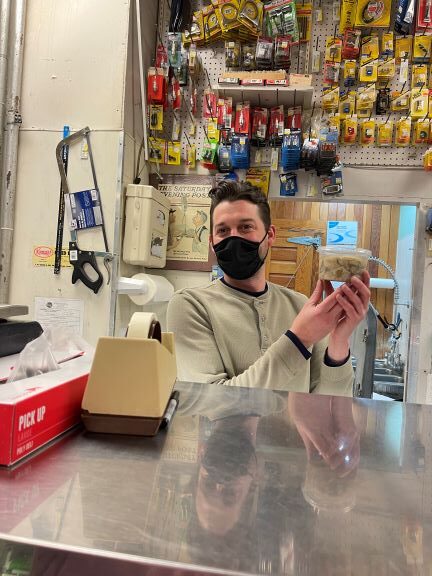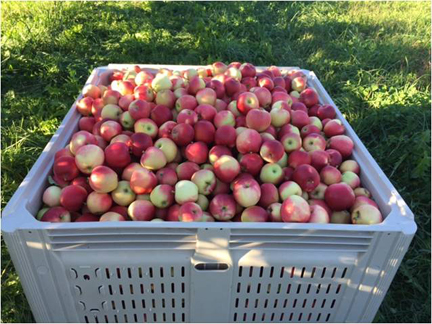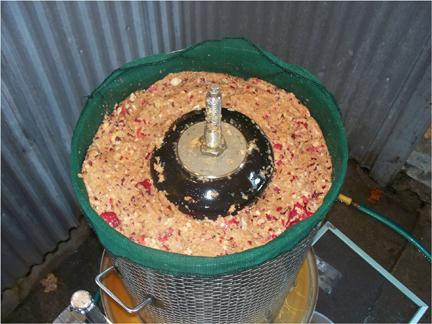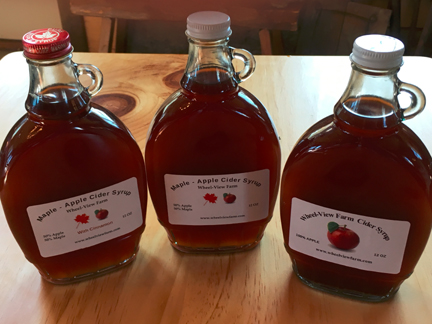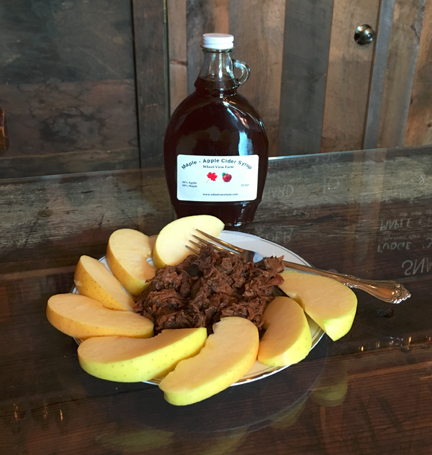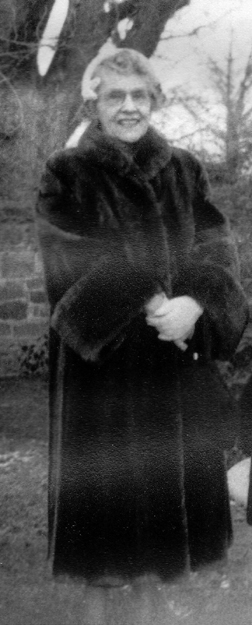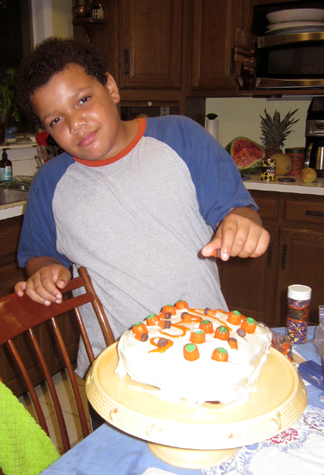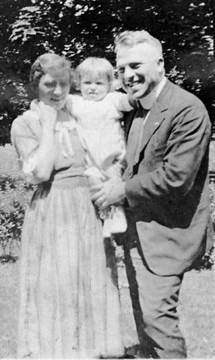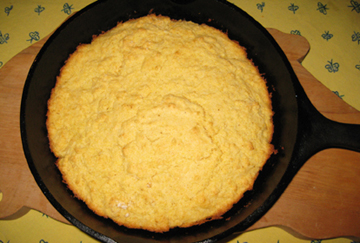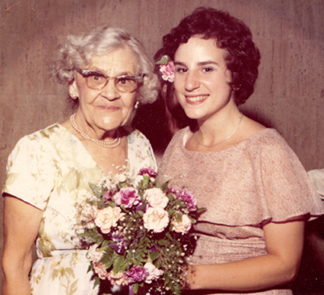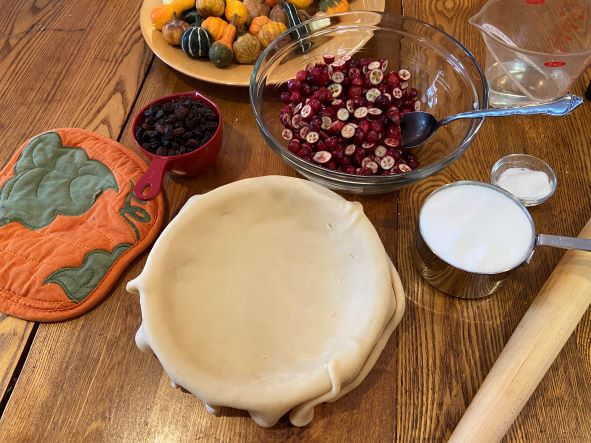
I have never been a great fan of pie. I know it is probably heresy to write this in New England, where pie was king in the 19th century and still holds quite a bit of sway. I love fruit, but I don’t see the point in overwhelming it with pastry by putting a crust beneath it—and usually a crust above it as well.
I do embrace pie at Thanksgiving, however. Thanksgiving is about tradition. In my family, as in most, pie is part of that tradition.
So at this time of year I haul out my rolling pin and my family recipe book. I often make apple pie, which my relatives love, or pecan pie, which pleases my Southern sister-in-law. Pumpkin pie is a family favorite, and no one has ever turned down my world-class key-lime pie, with its pleasing combination of sweet and tart.
I’m sure readers have their own special family pies, desserts without which the fourth Thursday in November just wouldn’t feel like Thanksgiving. Leave a comment to let me know what yours is!
This year I’m doubly embracing tradition by preparing my grandmother’s Mock Cherry Pie.
At the turn of the last century, this pie was extremely popular in the United States. Librarians at the University of Michigan wrote in 2014 that they had recipes for Mock Cherry Pie in a number of vintage cookbooks, including the Woman’s Home Receipt Book from 1902 and a 1920 Boston Cooking School Cookbook.
My grandmother may indeed have learned to make this pie at the Boston Cooking School, where she studied with founder Fannie Farmer the summer before her (my grandmother’s, not Fannie Farmer’s) wedding in 1912.
Unlike Mock Apple Pie, which traditionally uses crackers or bread crumbs as a substitute for the apples and thereby removes the last vestige of nutrition from a pie’s combination of sugar and carbohydrates, Mock Cherry Pie substitutes fruit for fruit.
Our cherry season here in New England is brief, maybe a couple of weeks at most. Unless they had enough cherries in their orchard to can them, New Englanders traditionally had no way to find these fruits out of season.
Mock Cherry Pie uses fruits that would have been available at this time of year to cooks in these parts: cranberries and raisins.
I adore cranberries so I would probably call this Cranberry and Raisin Pie. In deference to my grandmother and to Fannie Farmer, however, I am using the original name.
Both my grandmother and Miss Farmer (as she is always called in our home) helped shape the way I cook. They emphasized balanced meals, yet each had a sweet tooth. To my grandmother, Clara, no dinner was complete without a salad and a dessert.
They both enjoyed New England’s bounty but adapted their cooking as the seasons flew by.
I never met Fannie Farmer, and I learned that my grandmother had studied with her only when my grandmother’s dementia had clouded her memory. Unfortunately, then, I couldn’t elicit any stories about the cooking school from her. Nevertheless, Miss Farmer was important in my household as I was growing up.
We had numerous editions of the The Fannie Farmer Cookbook on our cookbook shelf. It is still the cookbook I consult more than any other work. Some cooks grew up with The Joy of Cooking. We owned a copy of that work and did look at it from time to time. Fannie Farmer was our cooking bible, however.
At this time of year when gratitude is emphasized, I am thankful for both of these practical, generous New England cooks, who influenced my approach to food. Happy Thanksgiving from my family to yours!
By the way, I’ll be serving gingerbread, reading from my new book, and signing cookbooks this Saturday, November 26, at 12:30 p.m. at the Buckland (MA) Public Library. Please join us if you’re around! And of course if you would like to buy a copy of my book and can’t come, you may do so at my website. I’ll be happy to inscribe it to you or as a gift for someone.
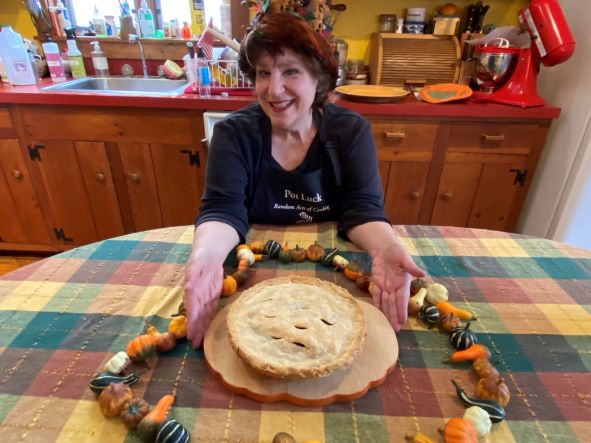
Clara Engel Hallett’s Mock Cherry Pie
Ingredients:
2 cups cranberries, cut in half
1 cup raisins
1-1/2 cups sugar
1/2 cup water
1 tablespoon flour
1 pinch salt
1 double 8-inch pie crust
Instructions:
Preheat the oven to 425 degrees. Combine the filling ingredients and allow them to sit for a few minutes in a bowl. (My grandmother never told me why she did this; my guess is that it was to let the raisins absorb some of the water and plump up.)
Place the mixture in the bottom crust, and cover it with another crust or a lattice top. Prick holes or cut slits in the top crust to let steam escape.
Place the pie on a rimmed cookie sheet; it has a tendency to leak while baking. Bake it for 10 minutes; then reduce the heat to 350 degrees and bake for another 35 to 45 minutes. Serves 6 to 8.
Watch me make this pie here.
